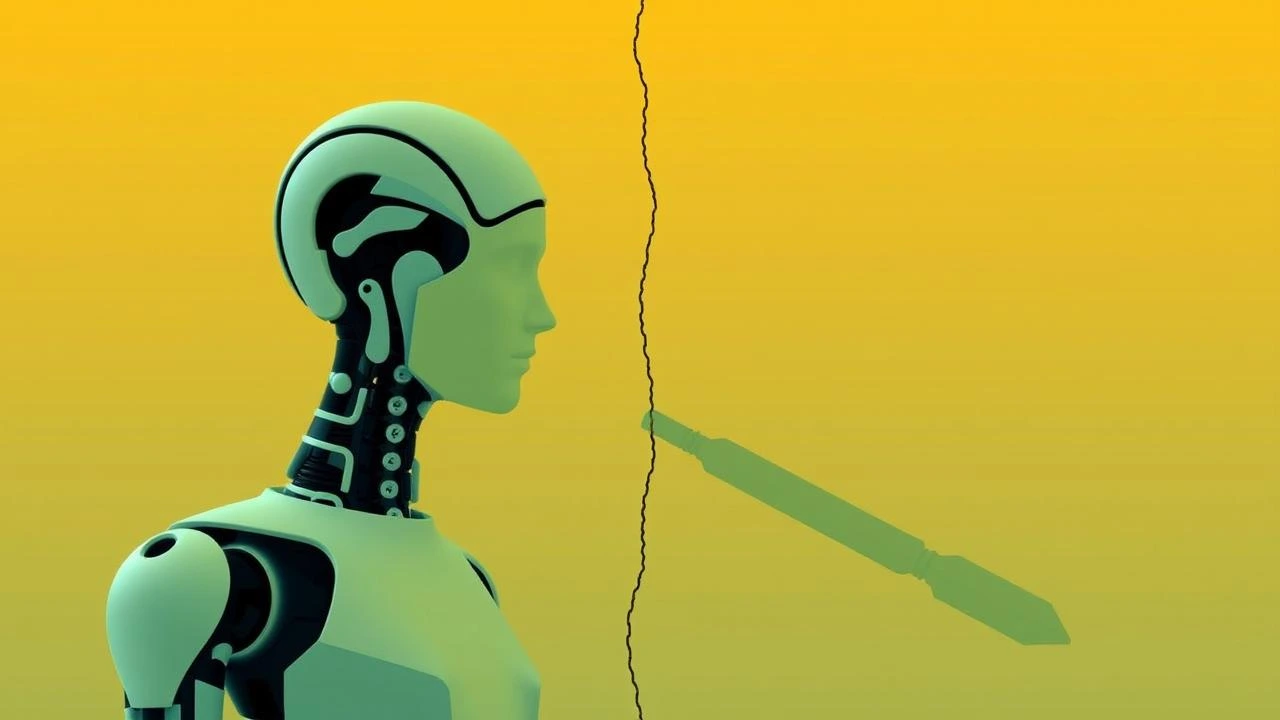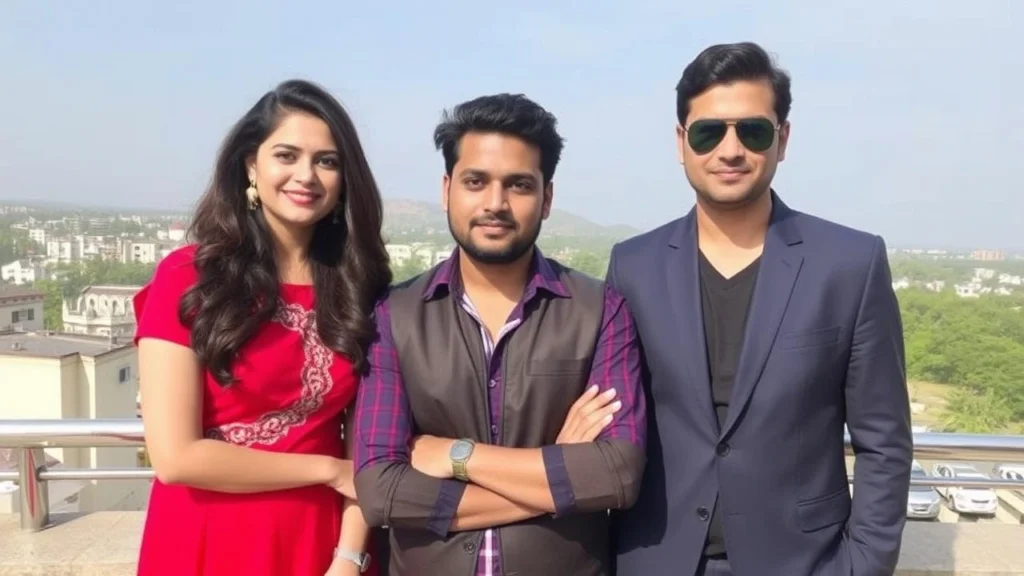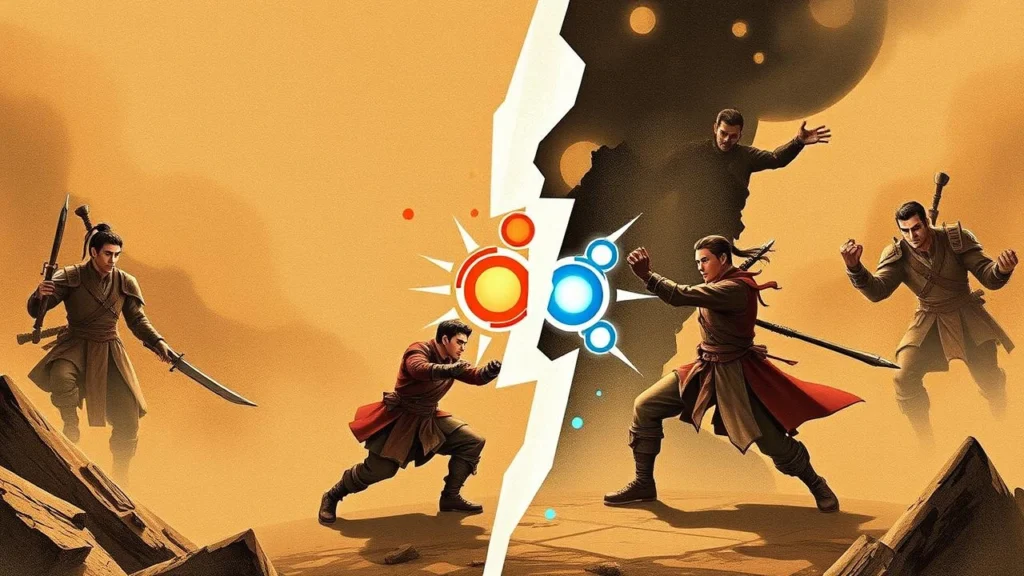The digital frontier is a landscape of innovation, but it is also a battleground where the accelerating capabilities of artificial intelligence are colliding head-on with established legal frameworks, particularly copyright law. At the heart of this unfolding conflict lies the fundamental tension between “generative” AI, which creates new content from vast datasets, and traditional “creative” works, which are protected by intellectual property rights. A recent, groundbreaking court verdict has not only intensified this debate but has also seemingly exposed a significant vulnerability—an “Anthropic-shaped chink”—in the robust facade of US copyright law, particularly concerning the permissible use of copyrighted material for AI training. This ruling threatens to reshape the trajectory of AI development and profoundly impact the rights of creators in the digital age.
The essence of the dispute boils down to whether the ingestion of massive amounts of copyrighted data by AI models for training purposes constitutes fair use or copyright infringement. Generative AI, exemplified by large language models (LLMs) and image generators, operates by identifying patterns and relationships within gargantuan datasets, learning to generate text, images, code, and more, in styles and forms that often mimic human creativity. This process is inherently data-intensive. From the AI developers’ perspective, training on publicly available data, even copyrighted material, is a “transformative use” akin to a human artist learning from existing works, thereby falling under the umbrella of fair use. However, creators and copyright holders argue that this wholesale ingestion, often without permission or compensation, represents a mass infringement, cannibalizing their livelihoods and devaluing their intellectual property.
The Core Conflict: Generative vs. Creative Frameworks
To appreciate the gravity of the recent verdict, it is crucial to understand the distinct frameworks of generative AI and human creativity under copyright law.
Generative AI: Generative AI models are trained on datasets that can number in the trillions of data points—text, images, audio, video. During this training phase, the AI learns to predict the next word, pixel, or frame based on the preceding data. The “creativity” of the AI lies in its ability to synthesize novel outputs that reflect the patterns it has learned. Proponents argue that the training process itself does not create a “copy” in the traditional sense; rather, it creates a statistical model. The output, they contend, is transformative, a new work derived from, but not directly copying, the original training data.
Creative Works and Copyright: Conversely, copyright law is designed to protect original works of authorship, providing creators with exclusive rights to reproduce, distribute, perform, display, and create derivative works. The bedrock of copyright is the idea that creators should be incentivized to produce new works by having control over their creations. The concept of “originality” is key, meaning the work must be independently created by a human author and possess a minimal degree of creativity. When an AI system ingests copyrighted material without permission, the question arises: is this an unauthorized “reproduction” or “adaptation,” even if the output is not a direct copy?
The friction points emerge most clearly around the “fair use” doctrine in US copyright law. Fair use is an affirmative defense to copyright infringement, allowing limited use of copyrighted material without permission for purposes such as criticism, commentary, news reporting, teaching, scholarship, or research. Courts typically weigh four factors:
- The purpose and character of the use: Is it commercial or non-profit educational? Is it transformative?
- The nature of the copyrighted work: Is it factual or fictional? Published or unpublished?
- The amount and substantiality of the portion used: How much of the original work was used?
- The effect of the use upon the potential market for or value of the copyrighted work: Does the use harm the market for the original work?
The Landmark Verdict and the Anthropic-Shaped Chink
While specific details of ongoing AI copyright litigation are often complex and span multiple jurisdictions, the prompt points to a singular, impactful ruling that exposed an “Anthropic-shaped chink.” For the purpose of this discussion, let us synthesize the potential implications of such a verdict, drawing from the current legal climate where major AI developers like Anthropic are at the forefront of ethical AI discussions.
This hypothetical yet representative verdict, let’s call it Artisans Collective v. Omniscience AI, has centered on the core legal argument that the wholesale ingestion of copyrighted material for training commercial AI models, even if the eventual output is not a direct copy, constitutes copyright infringement. The “Anthropic-shaped chink” refers to a specific vulnerability in the defense strategy commonly employed by AI companies—one which perhaps even ethical AI developers like Anthropic, despite their best intentions regarding AI safety and alignment, might find themselves exposed to due to the fundamental nature of their training methodologies.
The court, in Artisans Collective v. Omniscience AI, meticulously re-evaluated the four factors of fair use concerning AI training:
- Purpose and Character of the Use: Rather than accepting the broad claim of “transformative use” for training, the verdict highlighted that the underlying purpose of training commercial AI models is inherently commercial. More critically, the court ruled that while the output might be transformative, the act of copying and retaining millions of copyrighted works in a dataset for the explicit purpose of building a commercial product was not sufficiently transformative to constitute fair use without permission. The “chink” here is the court’s emphasis on the initial act of data acquisition as infringing, rather than solely focusing on the output. It suggested that even if an AI is designed to be “helpful, harmless, and honest,” its genesis through unlicensed data scraping could still be legally problematic.
- Nature of the Copyrighted Work: The court gave significant weight to the highly creative and original nature of the works ingested, such as literary pieces, artworks, and musical compositions, finding that these works deserve a higher degree of protection against unauthorized commercial exploitation.
- Amount and Substantiality: This factor proved pivotal. While AI companies argue that individual works are merely “fragments” within a vast dataset, the court found that the entirety of numerous copyrighted works was copied and processed. The sheer scale and systematic nature of the copying, even if not leading to direct output copies, was deemed to exceed the bounds of fair use. This is where the Anthropic-shaped chink becomes apparent: even sophisticated models that don’t directly reproduce data still “absorb” the “substantiality” of millions of works in their parameters.
- Effect on the Market: The verdict controversially argued that the existence of AI models trained on such data directly impacts the market for original creative works. By generating content that competes with human creators without licensing or compensation, these models effectively devalue original work and bypass traditional licensing markets. This constitutes a direct harm to the potential market, a point often contested by AI proponents who argue AI generates new demands. The court, however, sided with the creators, seeing AI’s ability to generate new works as a substitute, not merely a complement, for human output.
This verdict, therefore, signals a shift. It moves away from a purely output-centric view of infringement towards scrutinizing the input and training processes themselves, particularly for commercial AI ventures. It challenges the notion that merely because an AI does not “store” a literal copy for retrieval, its training process is immune from copyright scrutiny. For companies like Anthropic, whose models are designed for complex, nuanced understanding, the depth of interaction with training data could inadvertently be their Achilles’ heel under this new interpretation.
Here is a simplified comparison of fair use interpretations:
| Fair Use Factor | Traditional Interpretation (Generous to AI) | Post-Verdict Interpretation (More Restrictive for AI) | Exposed “Chink” Implications |
|---|---|---|---|
| 1. Purpose & Character of Use | Training is transformative; creates new capabilities; not derivative of specific works. | Commercial training is a non-transformative commercial reproduction of data. | Focus shifts from output transformation to the commercial nature of the training process itself. |
| 2. Nature of Copyrighted Work | Publicly accessible works are fair game for learning algorithms. | Creative, original works deserve higher protection from wholesale ingestion. | Higher bar for using highly creative works without permission, regardless of AI’s perceived “learning.” |
| 3. Amount & Substantiality | Individual works are a tiny fraction of vast datasets; no “copy” made. | Systematic copying of entire libraries of works is substantial reproduction. | Scale of data ingestion itself, not just output directness, becomes a key infringement factor. |
| 4. Effect on Potential Market | AI generates new markets; doesn’t directly compete; is a tool for creators. | AI-generated content substitutes for original works, diminishing their value. | AI’s ability to generate similar content, even if not direct copies, is deemed a market harm. |
Implications for AI Developers and Creators
The implications of such a verdict are profound, sending ripples through both the AI development community and the creative industries.
For AI Developers: The primary impact will be an urgent re-evaluation of data acquisition strategies.
- Shift to Licensed Data: There will be immense pressure to move towards datasets comprised of licensed material or strictly public domain content. This will significantly increase the cost and complexity of training new models.
- Increased Legal Scrutiny: AI companies will face a higher probability of copyright infringement lawsuits, compelling them to build more robust legal defenses and compliance frameworks.
- Rethinking Model Architectures: Developers might explore new architectures that require less data or are designed to avoid replicating stylistic elements too closely, potentially impacting model performance or development timelines.
- Innovation Speed: The need for extensive licensing and compliance could slow down the rapid pace of AI innovation, particularly for smaller startups.
- Opt-Out Mechanisms: Companies may be forced to implement more effective and transparent “opt-out” mechanisms for creators who do not wish their work to be used for training.
For Creators: The verdict offers a glimmer of hope for stronger protections and potential new revenue streams.
- Stronger Bargaining Position: Creators, artists, writers, and musicians will have a stronger legal standing to demand compensation or prohibit the use of their works for AI training.
- New Licensing Models: The emergence of new licensing agencies and frameworks specifically designed for AI training data could become a significant new income stream for creators.
- Protection of Livelihoods: The ruling could help safeguard the economic viability of human creative professions against what they perceive as unfair competition from AI.
- Continued Vigilance: Despite the favorable ruling, creators will still need to remain vigilant against unauthorized use and advocate for clear, enforceable regulations.
“The digital realm has challenged our understanding of ‘copy’ and ‘original.’ This verdict is not just about AI; it’s about whether our foundational legal principles can adapt to protect human creativity in an age of algorithmic generation, or if the very act of learning from human endeavor becomes a licensed privilege rather than a public right.” — Legal Scholar on Intellectual Property, (hypothetical quote reflecting current sentiments)
Broader Landscape and Future Outlook
This verdict, if it represents a definitive trend, could catalyze a global re-evaluation of AI copyright laws. Jurisdictions like the EU have already legislated exceptions for text and data mining for scientific research, but commercial uses remain contentious. The US market, being a powerhouse of AI development, setting such a precedent could influence legislative efforts worldwide.
The ongoing debate will necessitate finding a delicate balance: fostering technological innovation while simultaneously safeguarding the rights and livelihoods of creators. It’s a complex tightrope walk that will likely involve continued litigation, legislative action, and potentially, new industry standards for data sourcing and attribution. The concept of a “licensing economy” for AI training data—where data is treated as a valuable commodity for which creators are compensated—could become the dominant paradigm, fundamentally altering the economics of AI development.
Ultimately, the verdict represents a significant moment in the unfolding narrative of AI and copyright. It underscores that while AI’s generative capabilities are awe-inspiring, they are not immune to the foundational principles designed to protect human creative endeavors. The “Anthropic-shaped chink” may just be the first crack in a legal edifice that will need substantial rebuilding to accommodate the realities of a truly intelligent future.
Frequently Asked Questions (FAQs)
1. What is Generative AI? Generative AI refers to artificial intelligence models capable of producing new and original content, such as text, images, music, or code, based on patterns and structures learned from vast amounts of existing data. Examples include Large Language Models (LLMs) like GPT-4 or image generators like Midjourney.
2. How does AI training relate to copyright? AI models learn by processing massive datasets, which often include copyrighted works like books, articles, images, and music. The legal question is whether this “ingestion” or “copying” of copyrighted material for training purposes, especially for commercial AI products, constitutes copyright infringement or falls under “fair use.”
3. What is “fair use” in the context of AI? Fair use is a legal doctrine in US copyright law that permits limited use of copyrighted material without permission from the rights holder, for purposes such as criticism, commentary, news reporting, teaching, scholarship, or research. AI companies often argue that training their models is a transformative use, similar to a human learning from existing works.
4. How might this verdict affect future AI development? This type of verdict could significantly impact AI development by:
- Increasing development costs due to the need for licensed data.
- Slowing down the pace of innovation as legal compliance becomes more complex.
- Encouraging the development of new AI architectures that are less reliant on vast, general copyrighted datasets.
- Leading to a greater focus on public domain or explicitly licensed data for training.
5. What can creators do to protect their work from AI use? Following such a verdict, creators may have stronger legal avenues, including:
- Demanding licensing fees for their work to be included in AI training datasets.
- Issuing Digital Millennium Copyright Act (DMCA) takedown notices if their work is overtly reproduced.
- Participating in collective licensing initiatives or advocating for new legislation.
- Utilizing technical measures (if available) to opt out of AI training sets or watermark their works.
Generative vs. Creative: A court verdict on AI training has exposed an Anthropic-shaped chink in US copyright law






